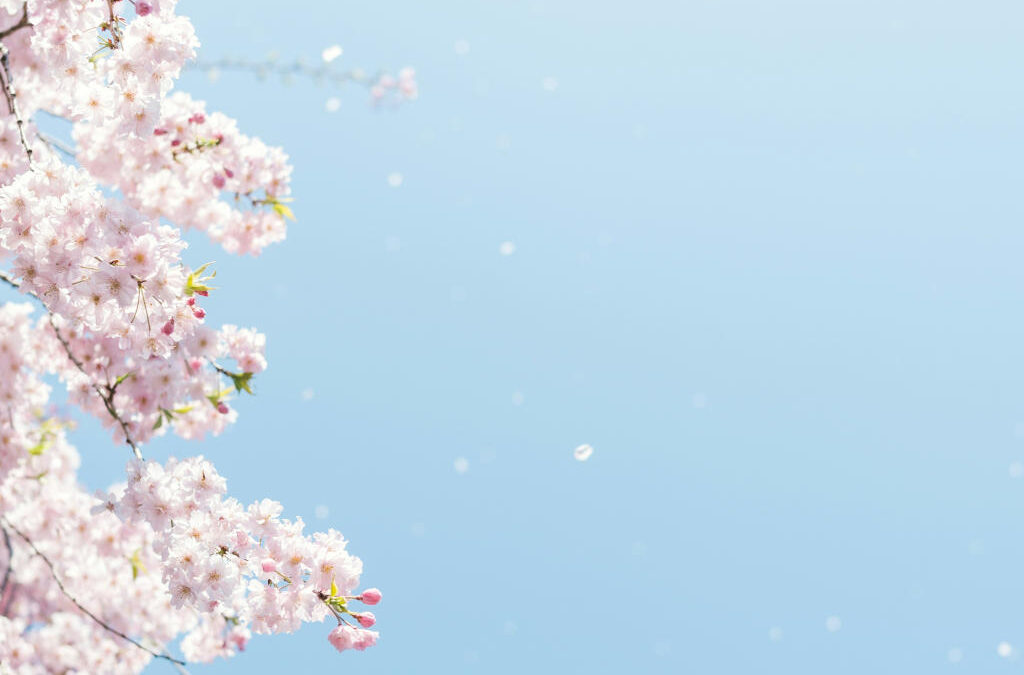Fēng is the Chinese character for wind. Wind is the climate of spring. As cold is the climate of winter, fire of summer, dryness of autumn and dampness of late summer.
Wind is a massive topic in Chinese medicine that has been discussed and treated for over two thousand years. Let’s look at a passage from Chapter 42 of the Huang Di Nei Jing Su Wen [4th – 3rd century BCE] explaining some of the significance of wind.
“Hence,
The wind is the chief [cause] of the one hundred diseases.
When it comes to changes and transformations, other diseases result. It has no permanent cardinal point [where it comes from].
However, [whatever] sets in does so because of wind qi.”
Let’s break this down:
- “The chief [cause] of the one hundred diseases” – One hundred diseases is in reference to every disease possible.
- “When it comes to changes and transformations, other diseases result” – saying that the initial disease that presents will change, and it will turn into other ailments, if not treated in time of course.
- “No permanent cardinal point” is saying that the root of the disease is not clear i.e injury
- Last line is saying that no matter what the disease ends up looking like, it is the result of wind.
What does this look like in real life? A common example of this that I see in the clinic is joint pain. This is joint pain that affects the elbow one day, then the back, then the knee a few days later, or the knuckles or all of the above at once. This pain is not typically triggered by any known injury. The patients just have it, when they wake up, when they go to stand up, or when they are sitting etc. The root cause is not understood! Western diagnosis of these ailments include rheumatoid arthritis, osteoarthritis, and fibromyalgia to list a few.
Spring, as a windy season, doesn’t mean we are going to fall ill or contract pain. But it does suggest that we should be mindful of the wind, and how we can fight it off. There are herbal formulas, like “Gui Zhi Tang” which I mentioned in the last newsletter that helps to strengthen the exterior of the body to prevent invasion by wind. My personal favourite is called “Ge Gen tang”. I use this formula multiple times a year when I find my neck stiff, or feeling headachy after being outside for a while. Any season of the year, wind can strike!
There is a famous acupuncture point on the back of the neck called “Féngmén”. Which translates to “Wind gate”. This area is susceptible to wind, and when wind gets into this area we can get a cold, stiff and painful neck that can cause headaches, impeded range of motion when turning side to side or forward/back. This point exactly is the reason I wear a scarf all winter and even into the spring on windy days.
I hope this helped you understand a little bit more about Wind – Fēng and Spring. Keep that Wind gate covered this spring!
Dr. Bob Malecki Dr.TCM

